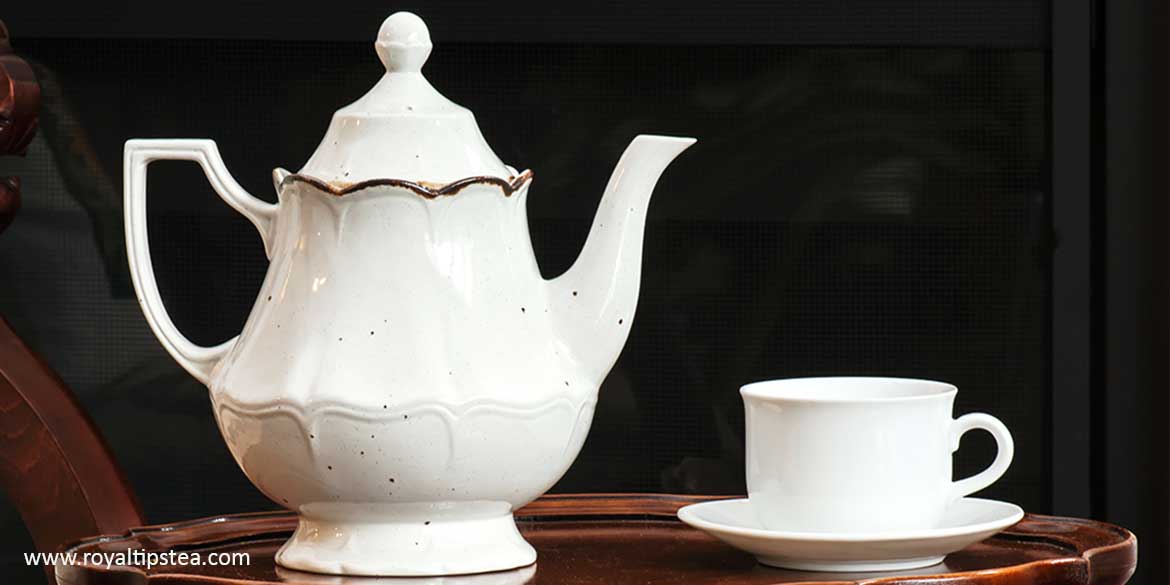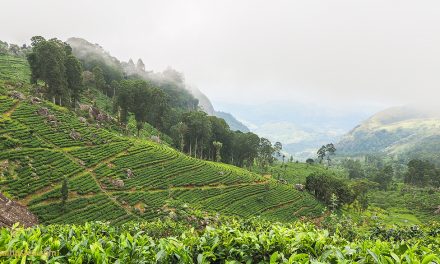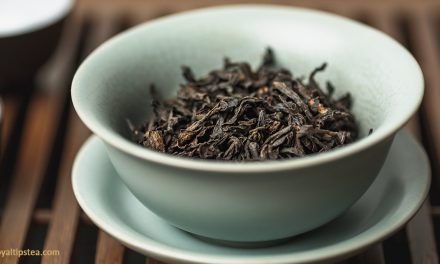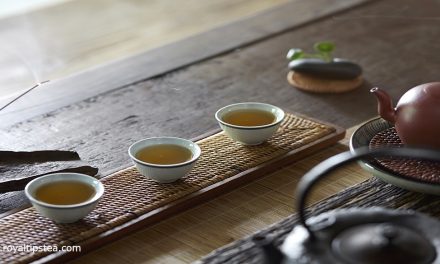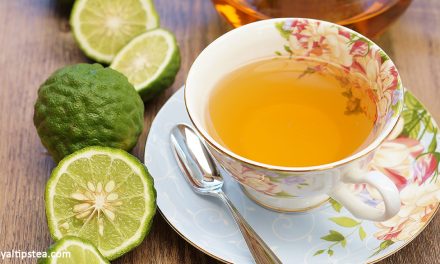History and Origins of the Classic Black Tea Blend
The history of this famous blend is not clear. Some people say it was invented in the US when British tea merchant Richard Davies settled in New York in the 1840s and created a blend called English Breakfast that replicated the tea that everyone had been drinking back in England. Apparently, it was immediately successful and gained popularity across America.
Others say that the blend was invented in Scotland and named simply ‘Breakfast Tea’ and, when it found favour with Queen Victoria, it became extremely popular. But, whatever the facts about its origin, it is certainly true that the British started drinking more and more black tea in the 19th century once Britain had started producing its own tea in India in the 1830s and in Ceylon (now Sri Lanka) in the 1870s.
Before the first tea gardens in Assam were developed by the East India Company in the mid 1830s, the British imported and drank both green and black teas from China. Tea was an expensive product and became fashionable only amongst the very wealthy.
As it became more popular through the 18th century, more and more upper class people gave up the alcoholic beverages that had previously been served at the start the day and began drinking tea (and coffee) at breakfast. Later in the century, even poorer people started their day with tea, which they drank with simple bread or toast and butter.
Then, during the 19th century, Indian and Ceylon teas were imported at a much cheaper price from British tea gardens and so more and more people could afford to drink tea every day.
Ingredients of English Breakfast Tea
Tea merchants began to blend the new British teas, sometimes with teas from China, and created recipes with plenty of strength, brightness and flavour that British tea drinkers seemed to enjoy first thing in the morning to wake up their taste buds.
In the 1870s, black Keemun teas were first made in China’s Anhui province and became popular in both the UK and the US. In Britain some tea merchants added some of this lovely nutty, sweet, mellow tea to their breakfast blends. Keemun also became very popular in the US as the base for breakfast teas. When Kenya started producing black teas in the 1930s, large leaf Kenyan teas also became a valuable ingredient of breakfast blends.
CTC manufacture was introduced in the 1930s to manufacture small particle teas to meet a growing demand for fast-brewing paper teabags, and tea companies began to add teabag breakfast blends to their range. The typical mixtures consisted of Assam CTC teas for their sweet malty smoothness, Ceylon broken leaf teas for their bright golden character, and Kenya or other East African CTC teas for their powerful strength and rich colour.
Today, cheaper English Breakfast teas are often blended for price rather than taste and may contain poor quality teas from up to 30 different origins, including India, Africa, Indonesia, Malaysia, and Vietnam. But most speciality tea companies still sell excellent-quality, large-leaf English Breakfast blends that consist of ‘orthodox’ teas from the best tea estates in Assam, Ceylon and Kenya. Blends should have a clear bright coppery or rich amber colour, and a warm, smooth, malty taste that is strong enough to take a little milk if preferred.

